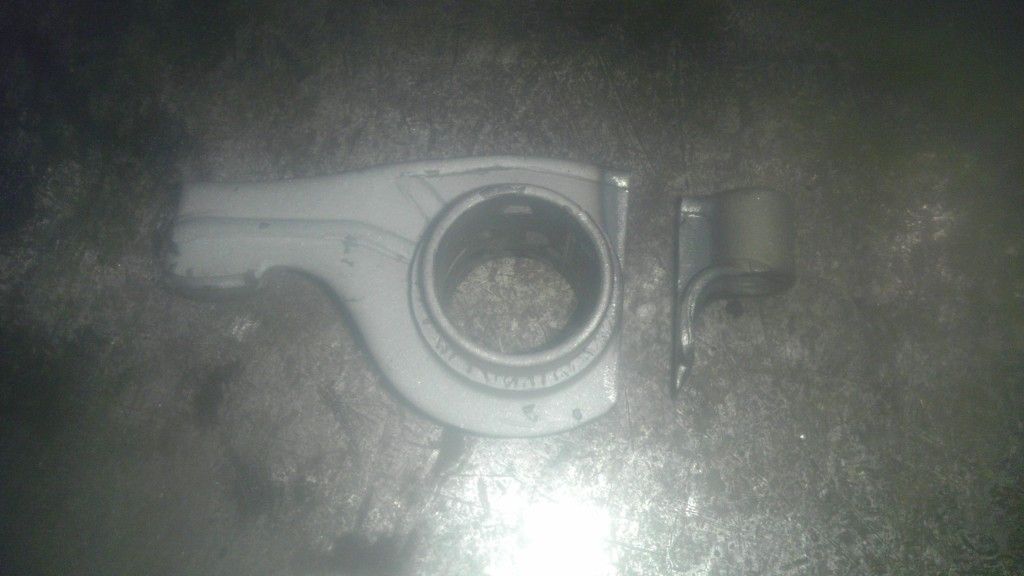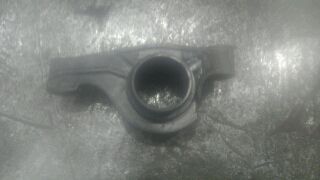bill find out what they do to deheat treat also what temp and how long they heat treat we have a heat treat at work I also have a good sized oven that I could use
I also have a awesome tig welder and a couple spare sets of rockers
on a different note bill I installed a rev manual valve body and a deep trans pan on that 904 I had yesterday and I'm getting all the parts and pieces to start my Turbo header I just ordered 400 bucks in butt weld Eli and a merge collector
aaron
Aaron,
I have an appointment on Friday to show the heat treatment guy the rocker arms and he will determine the temperature for the annealing process, then, and set up a Rockwell hardness test to determine the Rockwell number.
The re-heat-treating, after the cutting and welding, can restore the original Rockwell hardness to the arms. I will attempt to get the numbers of the hardness and the oven temperatures, so you can duplicate the process at your work.
That would be so COOL, if you could duplicate the entire process at your work!
I'll get back to you on Friday and tell you what I learned.
On a different tack, I am relieved that you decided to go with the 904 instead of a manual 4-speed. I have NOTHING against 4-speeds... they are a lot of fun, and generally a bit quicker than an automatic, but I think, in this application, given the situaton (slant-six TURBO,) a 904 is the best choice. My hat is off to YOU, for having the flexibility in your thinking, to make this decision, having been so far down the road to a 4-speed setup.
Not many of us would have the maturity and lack of "ego" to do that. I really admire that.
I will be very interested to see your tubing header, when it's finished. I think we might have made a mistake in designing our header with long pipes, because of the possibility of heat loss through the (considerable) length of tubing walls on the way from the head to the turbo; I hope you're able to get around that glitch... make it as short as you can, would be my advice. Remember; heat + horepower, when it comes to turbo exhaust impellers!
Having just spent $400.00 on pipe, I'm sure you can imagine how we got $1,000.00 in the one we built, with having driven 400 miles (round trips) to get it T.I.G.'ed, and another 400 miles to get it coated. Plus the cost of the welding and coating...
Good luck, and don't forget the wastegate... LOL!!!

ops:

























